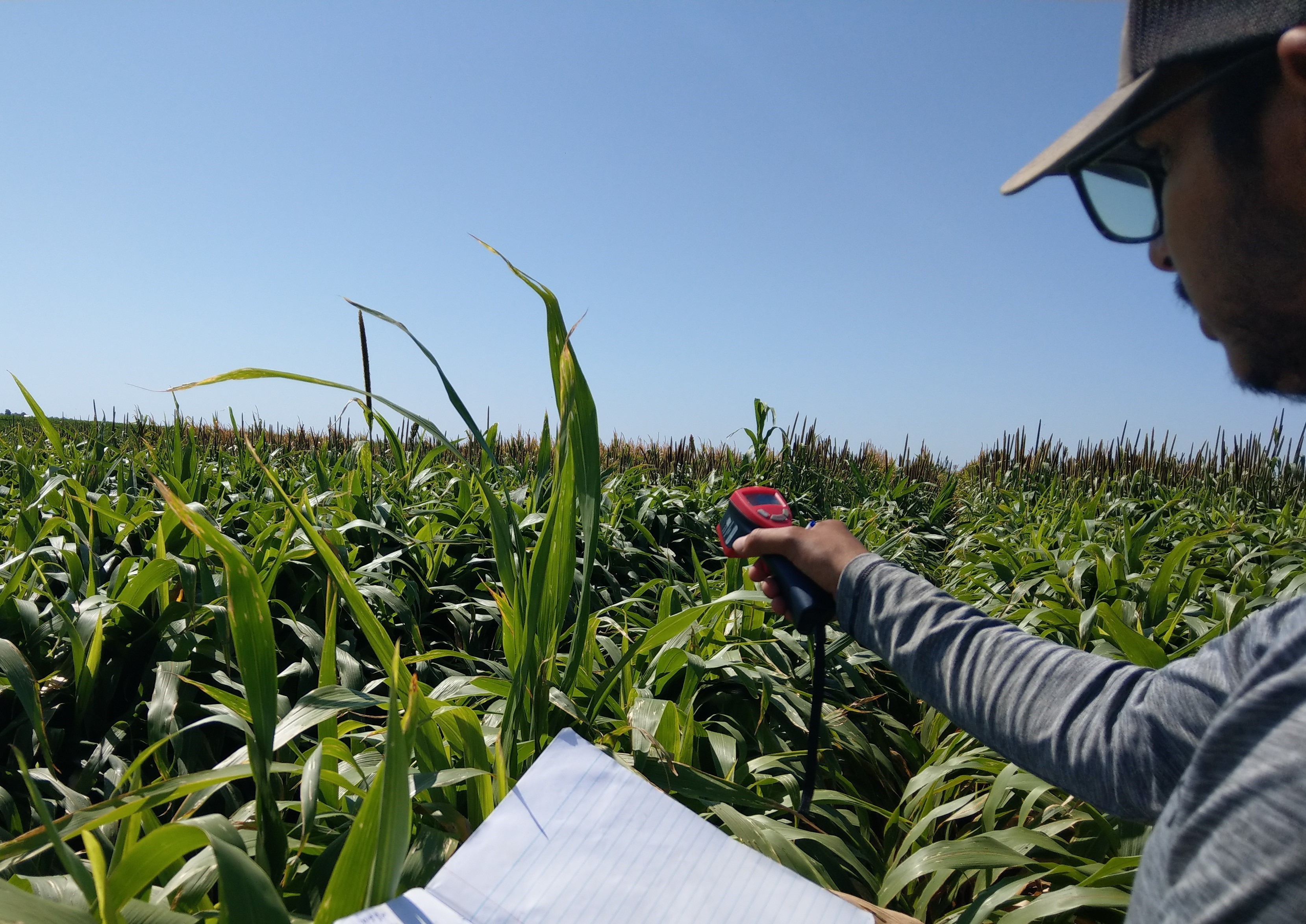In a new study published in Crop Science, researchers from Texas Tech University investigated the potential of forage sorghum and pearl millet as alternatives to corn for forage production. The 2-year study evaluated the physiological responses of multiple varieties of all three crops under various irrigation regimes, including dryland. The team collected data on leaf water potential, stomatal conductance, and canopy temperature. They also studied the influence of these responses on biomass production and nutritive values.
The study reported that sorghum showed better physiological responses and produced greater biomass under water-stress conditions compared to pearl millet and corn. Though the nutritive value of sorghum was lower than corn, sorghum could provide growers with an alternative to produce higher biomass with less water. As a management option, forage sorghum could be mixed with high nutrition supplements to achieve desirable feed quality and increase profitability.
Adapted from Bhattarai, B., Singh, S., West, C.P., Ritchie, G.L. and Trostle, C.L. (2020), Effect of deficit irrigation on physiology and forage yield of forage sorghum, pearl millet, and corn.
Original post https://alertarticles.info


